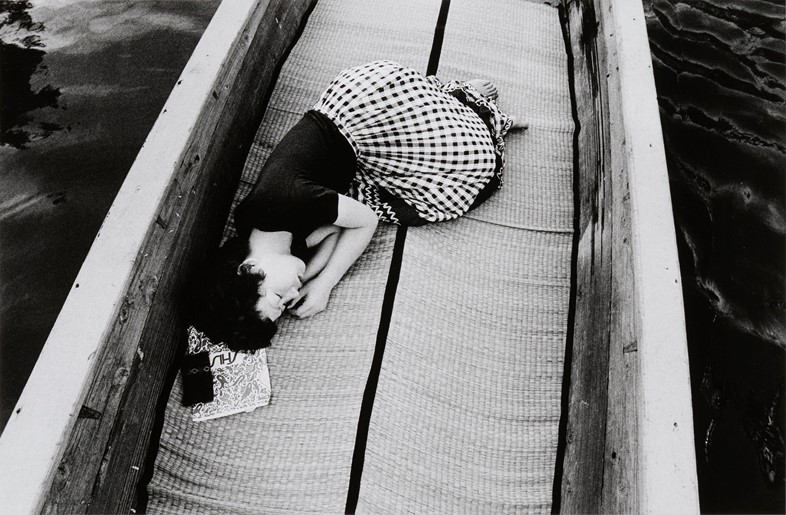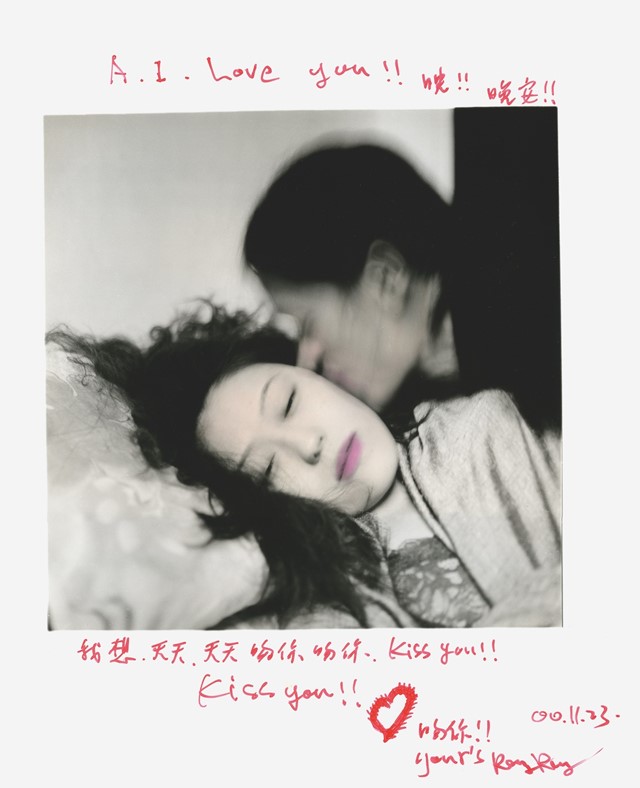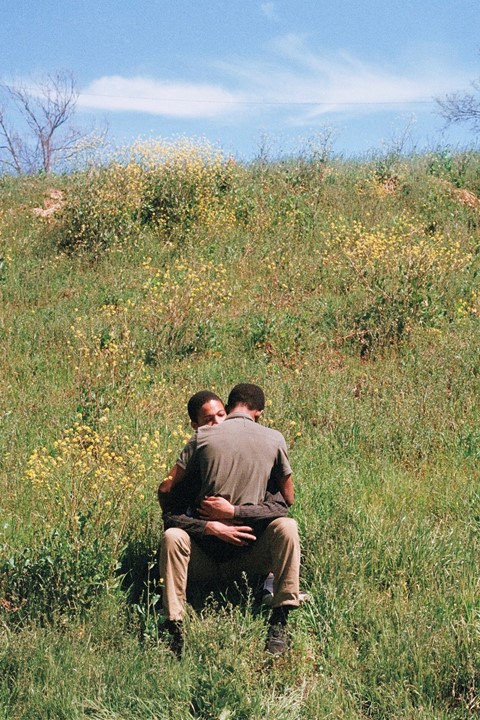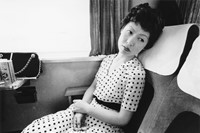A new group exhibition at the ICP in New York explores the notion of intimacy in photography. Here, curator Sara Raza talks about how “sexual intimacy can be embedded in metaphor and simile”
The idea of intimacy on camera evokes countless cliches. It might be the hazy film photograph of a family holiday in the sun, or the close-up shot of a romantic partner alone at home. Perhaps it’s the quick nude iPhone snap sent to a lover. Curator Sara Raza hoped to convey something original for Love Songs: Photography and Intimacy at New York’s International Centre of Photography. Bringing together the work of 16 artists from the 1950s to the present day, the show explores how global and cross-generational perspectives expand the notion of intimacy in photography.
The exhibition is inspired by the structure of a mixtape, combining disparate and at times conflicting views on the subject. It expands upon Simon Baker’s previous iteration at Maison Européenne de la Photographie in Paris. “Initially the context was a very sexual one and I wanted to dissect that and think of other forms of love and intimacy, starting with Aikaterini Gegisian’s project,” says Raza. “It comes from her Handbook of the Spontaneous Other (2019) and is a series of collages from adult magazines remixed and paired with other kinds of relations: animal; nature; machine; technology.”
Included in the show are household names such as Nan Goldin, Sally Mann and Nobuyoshi Araki. Even with these iconic photographers, Raza hoped to show something unexpected. “It was really important to emancipate some of the artists,” she says. “Araki, for example, is best known for his bondage images. The work we have selected is a very personal, sentimental series of his wife on their honeymoon, her tragic illness after being diagnosed with cancer, and eventual passing.”
The exhibition also explores the role of multiples within the intimate relationship. Leigh Ledare and Karla Hiraldo Voleau’s work addresses triangulation in relationships, presenting a “third protagonist” and widening out from a heteronormative idea of pairing. “It was interesting to bring in the more complicated elements as it’s not just the Summer of Love,” says Raza. “It’s a more complex idea.”

Fouad Elkoury’s images also challenge the viewer’s expectations of connection. Known mostly for documentary work, his photographs in Love Songs explore the breakdown of his relationship during the 2006 Lebanon War. Amidst political and social chaos, everyday experiences of falling in love and breaking up persist. “We don’t often imagine that people have real lives through war,” says Raza. “Life goes on, relationships start and end. It’s important to think of this personal and political aspect running in tandem.”
The New York iteration of Love Songs conveys the changing nature of intimacy between cultures. In communities in which displays of affection are private, symbolism and coding are often employed. “The background colours in Aikaterini Gegisian’s images are taken from Persian and Indian miniatures where there were a lot of symbolic references to colour and certain codings,” says Raza. “Then there are art historical references of fruit embedded in different images in the show: in Collier Schorr’s work there is an angel holding some fruit; in Clifford Prince King’s work, the man is picking fruit from a tree. Sexual intimacy can be embedded in metaphor and simile.”
Raza has also considered the physical intimacy involved in taking photographs. Rather than focusing purely on the eye and gaze of the photographer, the idea of the human hand’s importance brings a renewed sense of physical closeness to the process. Goldin has previously discussed her idea of the camera as an extension of the hand and Love Songs’ collage work by the likes of Gegisian brings this tactile, direct contact into even sharper relief.

Of course, a major changing factor between the oldest and youngest artists in Love Songs is their relationship to image-making pre- and post-digital age. René Groebli was born in 1927, and images from the 1950s display his wife through a highly romanticised, staged lens, inspired by the Hollywood glamour and Parisian elegance of the time; Hervé Guibert photographed his partner in the 1980s through the HIV crisis, which would claim both of their lives; Goldin’s work was created amidst the 70s and 80s culture wars; Karla Hiraldo Voleau’s images present relationships performed on the internet. “You start to see other layers,” says Raza. “The confessional is really key in thinking about these ideas.”
Love Songs: Photography and Intimacy is on show at the International Centre of Photography in New York until 11 September 2023.






